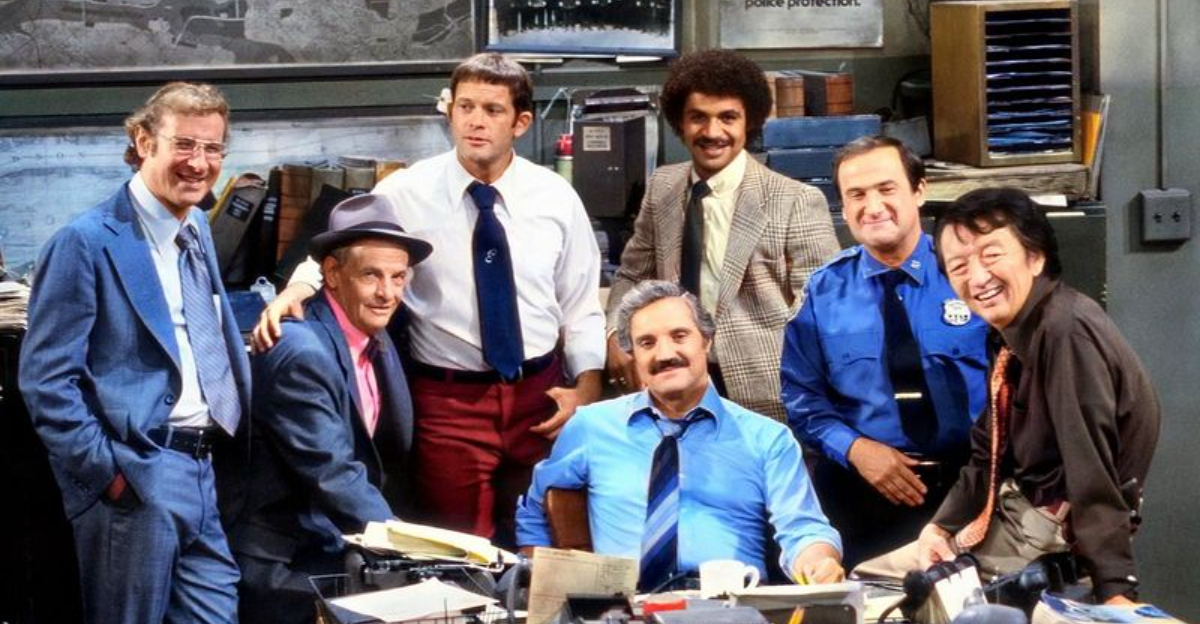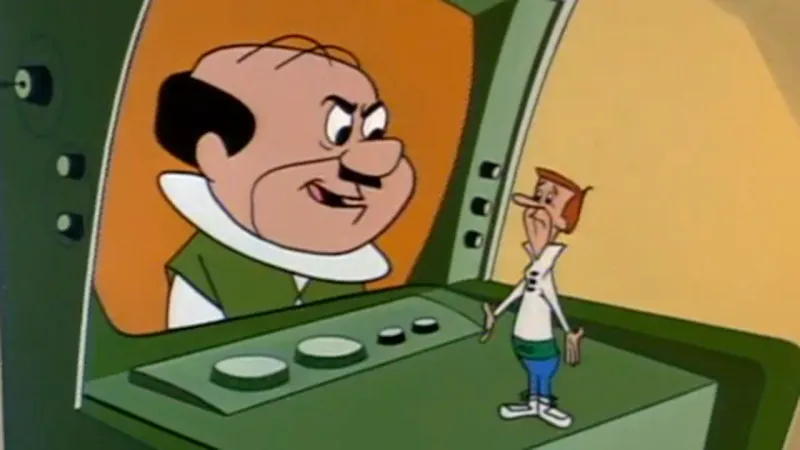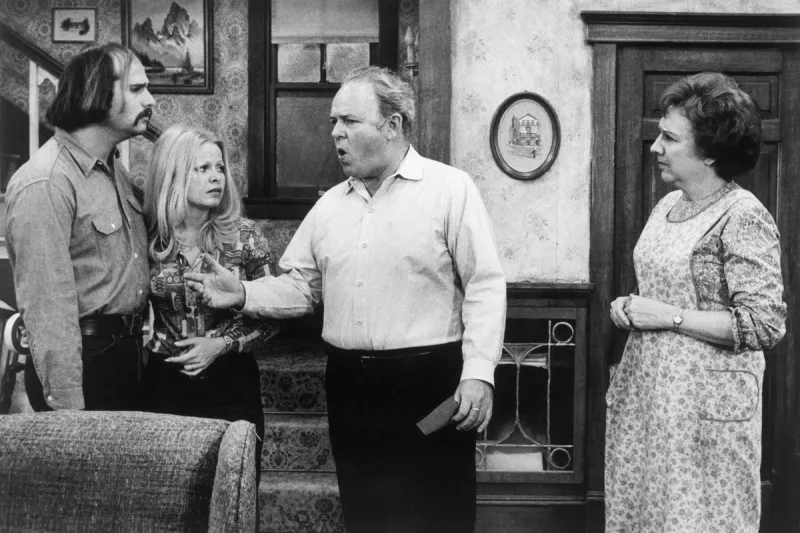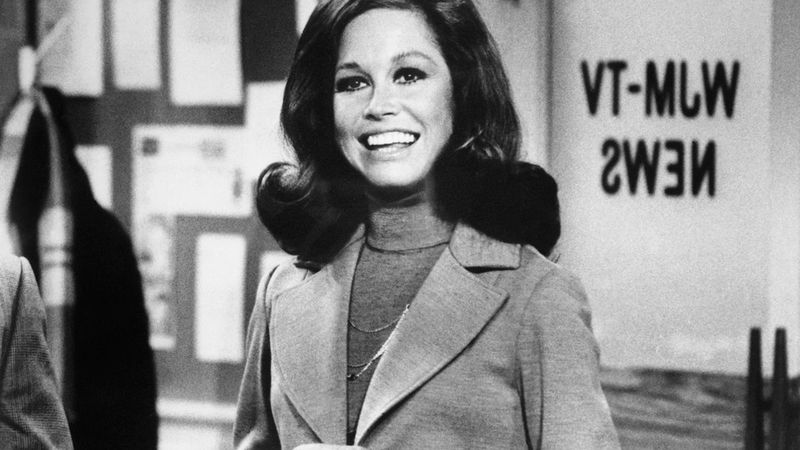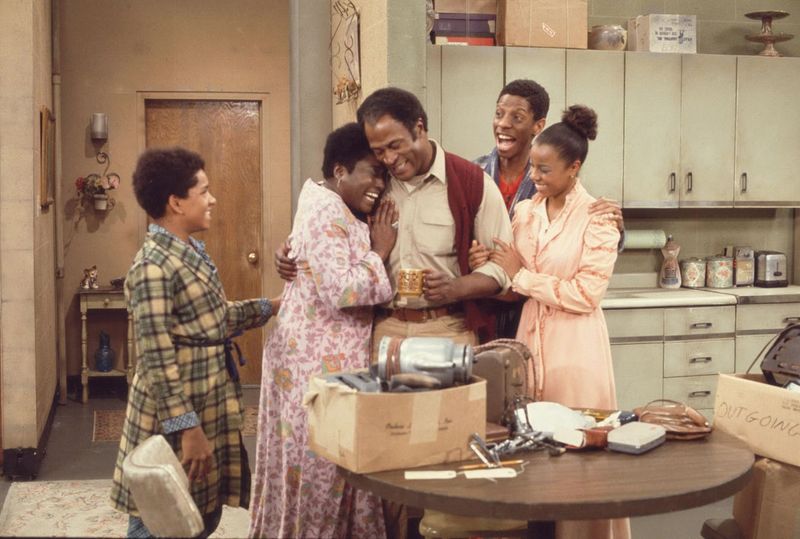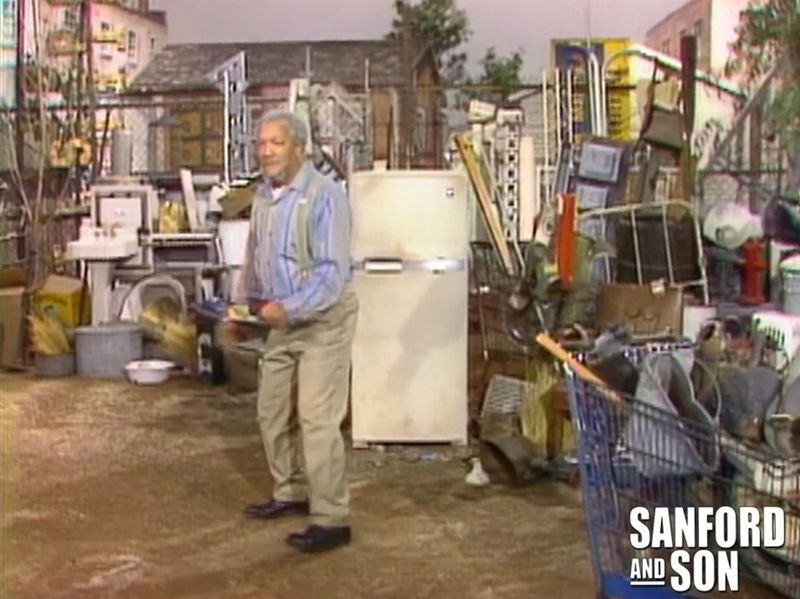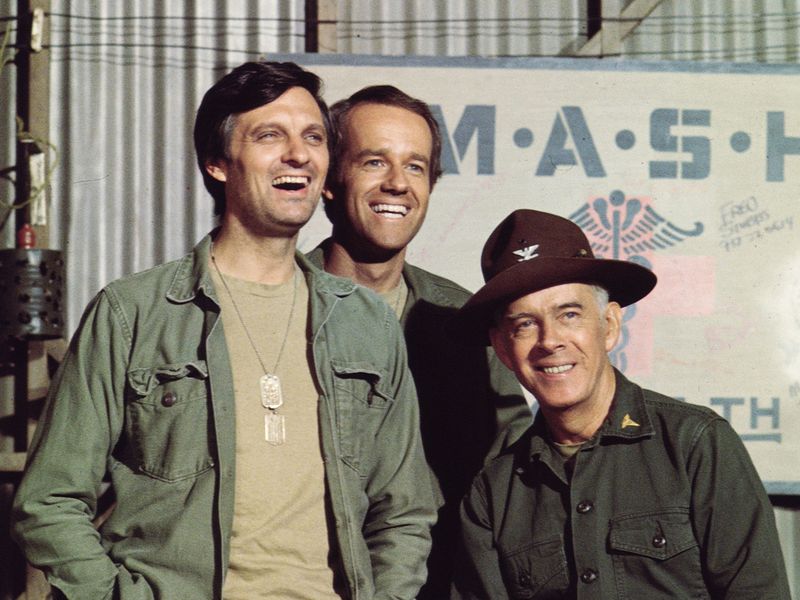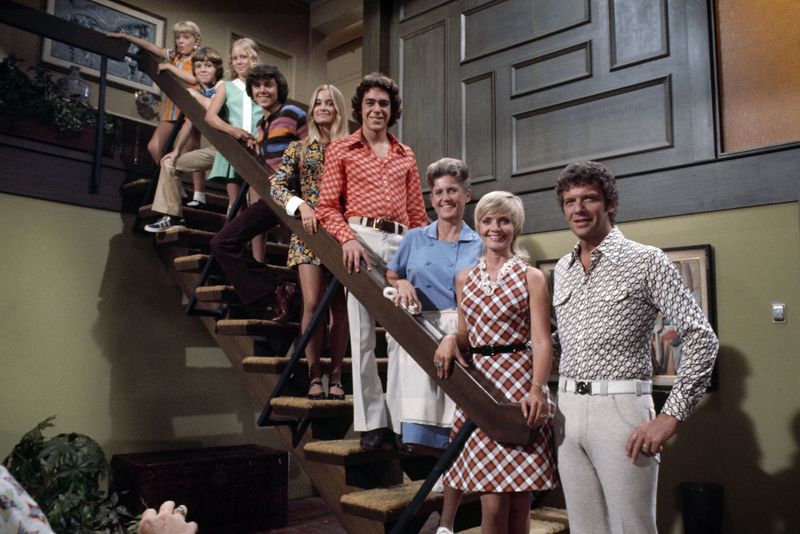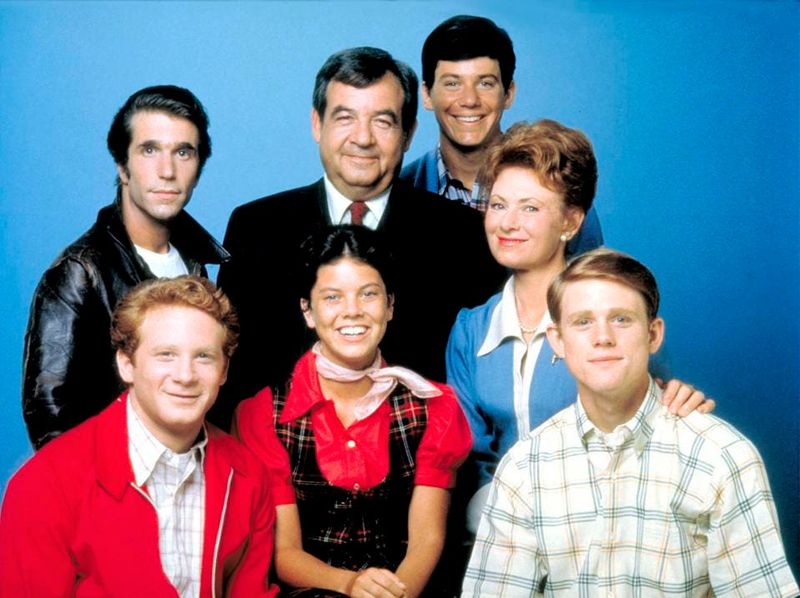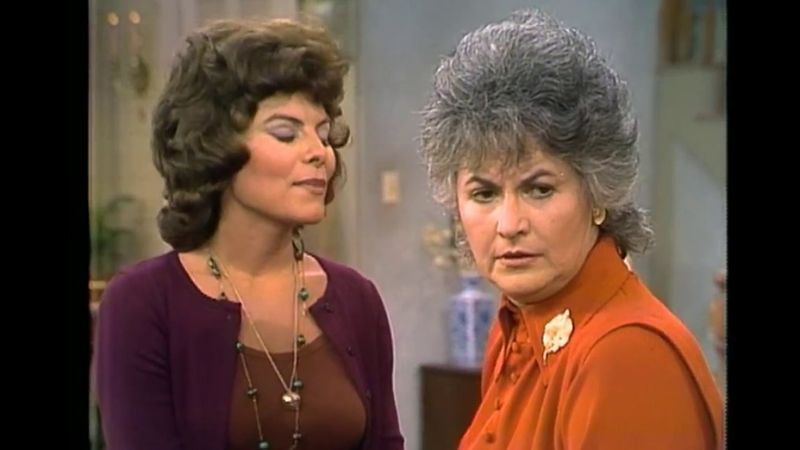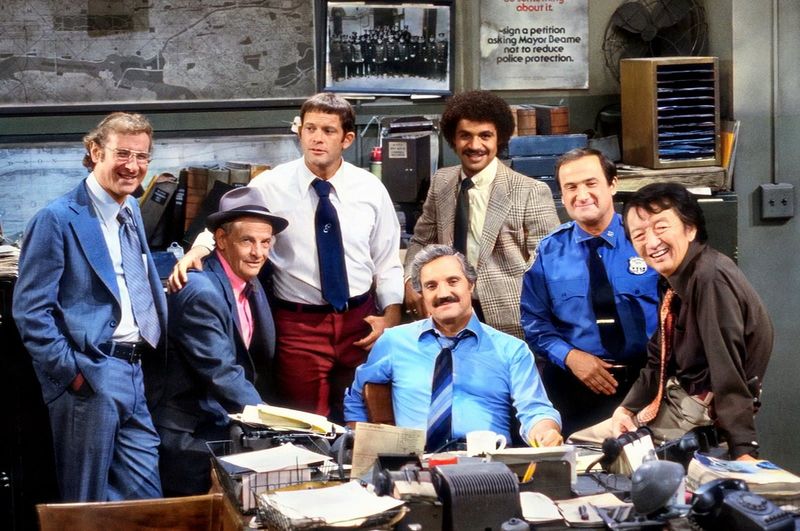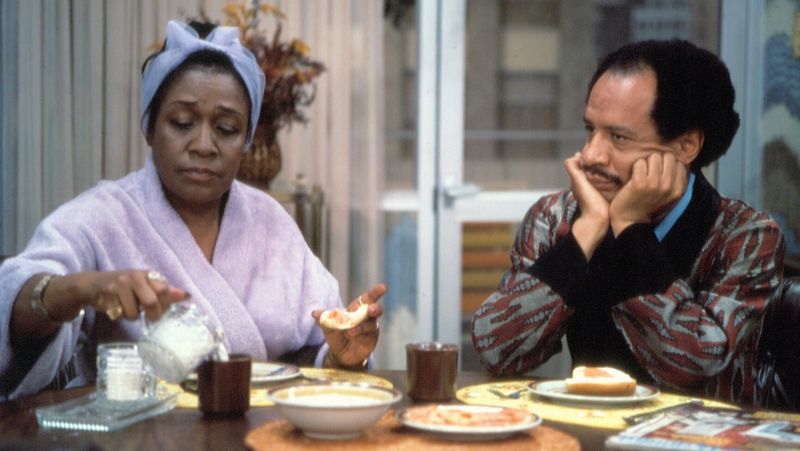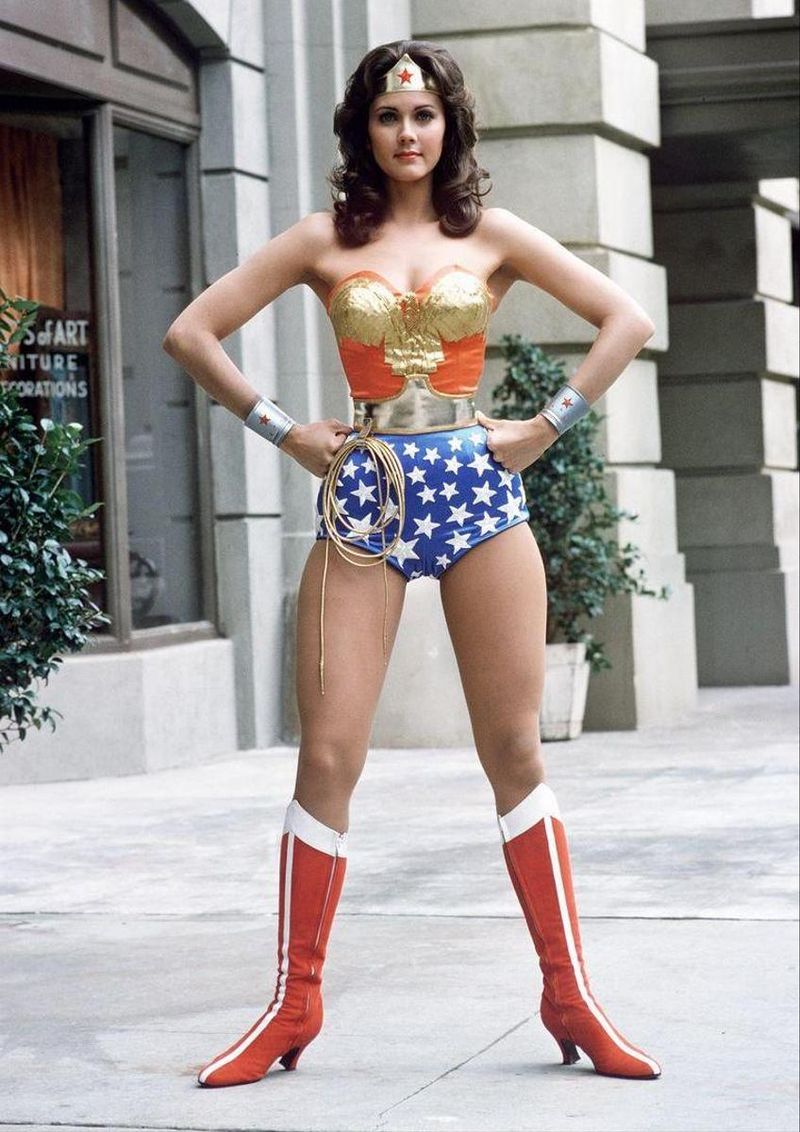The 1970s were a transformative era for television, with sitcoms capturing societal changes and, surprisingly, predicting future trends. From technology to societal norms, these classic shows often contained hidden glimpses of the future.
1. The Jetsons (1973) – Video Calls
In the whimsical world of The Jetsons, George often communicated with his boss via a video screen—a concept that seemed far-fetched in 1973. This innovation has become an everyday reality with platforms like Zoom and FaceTime.
The show’s portrayal of video calls hinted at a future where distance would no longer hinder communication. The Jetsons was ahead of its time, illustrating a vision of technological convenience that resonates with modern life.
The virtual interactions depicted in this beloved cartoon have shaped our digital communication landscape, making once-imaginary technology commonplace.
2. All in the Family (1972) – Political Polarization
Archie Bunker, the iconic character from All in the Family, frequently clashed with his liberal son-in-law Mike. Their debates echoed today’s intense political polarization.
Back in 1972, these conversations were groundbreaking, bringing discussions of generational and ideological divides to mainstream audiences.
Archie’s longing for “the good old days” and Mike’s progressive ideals mirrored current cultural tensions, making the show a prescient reflection of societal shifts.
The sitcom’s portrayal of family dynamics amidst political disagreements remains eerily relevant, highlighting how little some things have changed.
3. The Mary Tyler Moore Show (1974) – Working Women’s Struggles
Mary Richards, the ambitious character at the heart of The Mary Tyler Moore Show, navigated a male-dominated workplace with determination and grace. Her struggles mirrored the challenges faced by working women today.
In 1974, Mary’s quest for respect and equality in her career was a bold narrative, shedding light on issues of sexism and gender dynamics.
The show foresaw ongoing debates about equal pay and career advancement for women, striking a chord with viewers who saw their own lives reflected in Mary’s story.
4. Good Times (1976) – Economic Inequality
Good Times depicted the Evans family grappling with economic hardships, a theme that resonates with contemporary discussions on inequality. Their struggles with finances and housing insecurity were both poignant and prophetic.
In 1976, the show bravely addressed systemic issues, portraying the resilience and dignity of those facing financial challenges.
The series initiated conversations about wage stagnation and the American dream, reflecting societal concerns that continue to be relevant today.
5. Sanford and Son (1975) – DIY Culture
In Sanford and Son, Fred Sanford turned his junkyard into a thriving business, embodying the spirit of DIY culture long before it became mainstream. His knack for finding value in discarded items parallels today’s upcycling trends.
The 1975 sitcom celebrated resourcefulness and creativity, encouraging viewers to see potential in the overlooked.
Fred’s entrepreneurial spirit was a precursor to modern platforms like eBay, where second-hand goods find new life and purpose. The show’s ingenuity continues to inspire today’s DIY enthusiasts.
6. MASH (1972) – War’s Psychological Toll
MASH offered a poignant exploration of war’s psychological toll, using dark humor to tackle heavy themes. Set during the Korean War, it addressed PTSD and its impact on veterans—a topic that remains significant.
In 1972, the show’s candid portrayal of mental health was groundbreaking, paving the way for open conversations about veterans’ experiences.
Through its blend of comedy and drama, MASH highlighted the human cost of war, contributing to ongoing discussions about mental health support for those in service.
7. The Brady Bunch (1971) – Blended Families
The Brady Bunch presented a harmonious vision of a blended family, a concept that was novel in 1971. Today, such family structures are common, reflecting the show’s forward-thinking portrayal of modern family dynamics.
The series highlighted the joys and challenges of merging two separate families into one cohesive unit, providing a template for audiences embracing similar situations.
Through its lighthearted storytelling, The Brady Bunch normalized diverse family setups, paving the way for more inclusive representations in media.
8. Happy Days (1976) – Nostalgia Obsession
Happy Days celebrated the allure of nostalgia, with Fonzie’s love for the 1950s symbolizing a longing for simpler times. This fascination with the past has only intensified, with modern culture embracing ’80s and ’90s nostalgia.
In 1976, the show tapped into a collective yearning for bygone eras, capturing the cyclical nature of cultural trends.
Through its affectionate portrayal of mid-century America, Happy Days highlighted our perpetual desire to relive and romanticize the past.
9. Maude (1972) – Abortion Debate
Maude boldly addressed the abortion debate in a controversial 1972 episode, airing before the landmark Roe v. Wade decision. This courageous narrative choice mirrored the societal battles that continue to rage today.
The show’s willingness to tackle sensitive topics made it a pioneer in television, sparking dialogue on women’s rights and bodily autonomy.
Through Maude’s story, viewers were encouraged to engage with complex issues, marking a significant moment in entertainment history.
10. Barney Miller (1977) – Police Reform Discussions
Barney Miller offered a nuanced take on policing, exploring themes of bureaucracy and reform. In 1977, the show’s portrayal of law enforcement was ahead of its time, echoing today’s calls for police reform.
With its blend of humor and insight, the series depicted the complexities of maintaining justice, resonating with contemporary audiences.
The show’s exploration of systemic issues in policing continues to be relevant, contributing to ongoing conversations about change and accountability.
11. The Jeffersons (1975) – Gentrification
The Jeffersons showcased George Jefferson’s journey “movin’ on up” to a deluxe apartment in the sky, highlighting themes of gentrification and class shifts. In 1975, the show’s depiction of urban displacement was timely and insightful.
Through George’s success, audiences witnessed the effects of socioeconomic changes on communities, mirroring today’s discussions on gentrification.
The Jeffersons provided a lens through which viewers could understand the complexities of urban development and its impact on individuals and families.
12. Wonder Woman (1977) – Female Superhero Boom
Wonder Woman, starring Lynda Carter, was a trailblazer for female superheroes, proving women could headline action stories. In 1977, her portrayal inspired a generation, paving the way for characters like Captain Marvel.
The show broke barriers, offering a strong, independent female lead who challenged traditional gender roles.
Wonder Woman’s legacy continues to influence the portrayal of women in media, empowering audiences with her message of strength and resilience.
